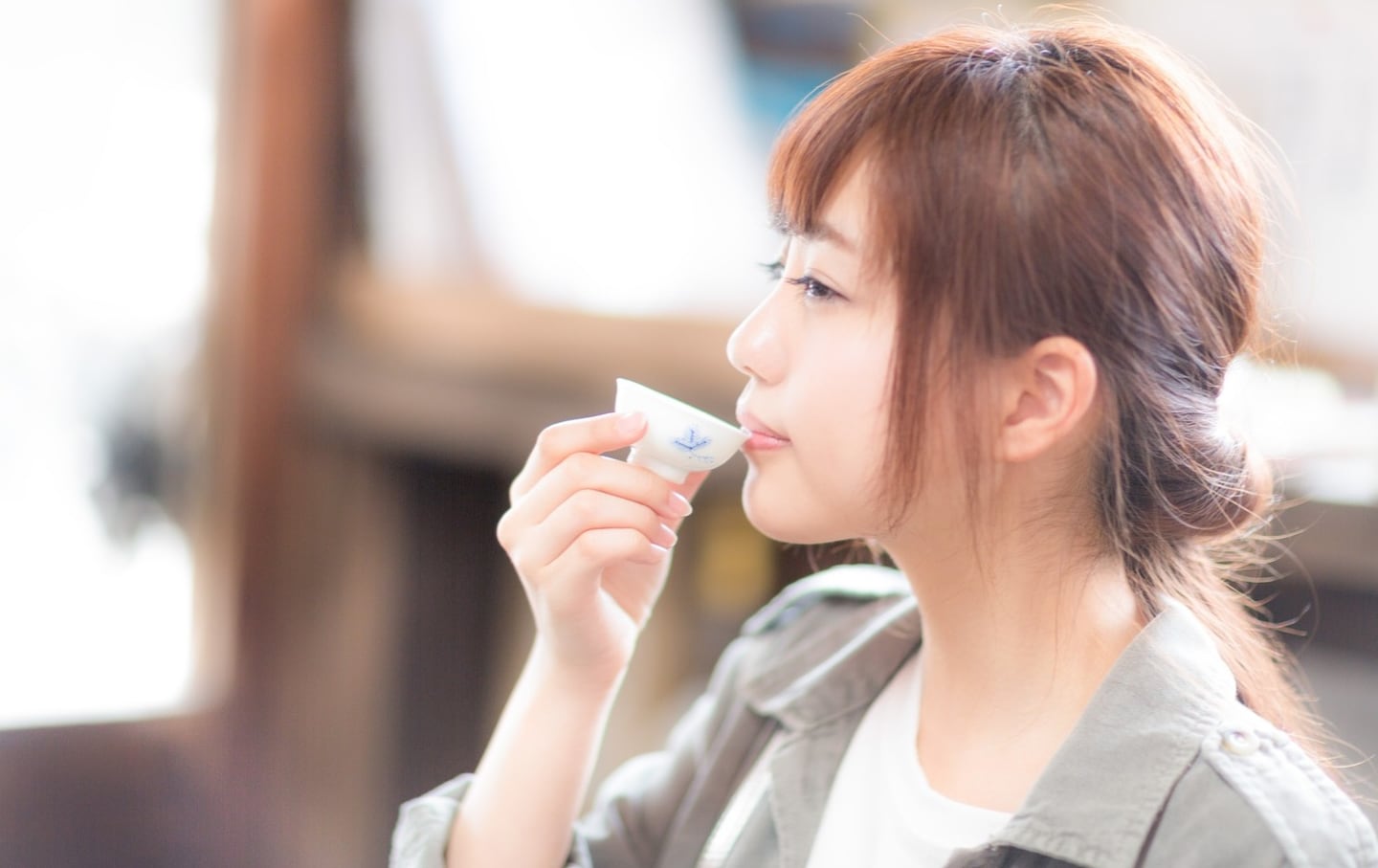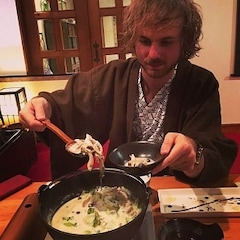Ochoko and More! All About Sake Cups
Sake cups, known in Japanese as shuki (酒器), are as vibrant and diverse as the drink itself. Collecting these stylish and cute cups has become a popular hobby internationally!
To help you get acquainted, we’ve created a guide to the most common shuki found in Japan. Use it to become a sake pro before your next Japan trip! Happy drinking!
Ochoko (お猪口)
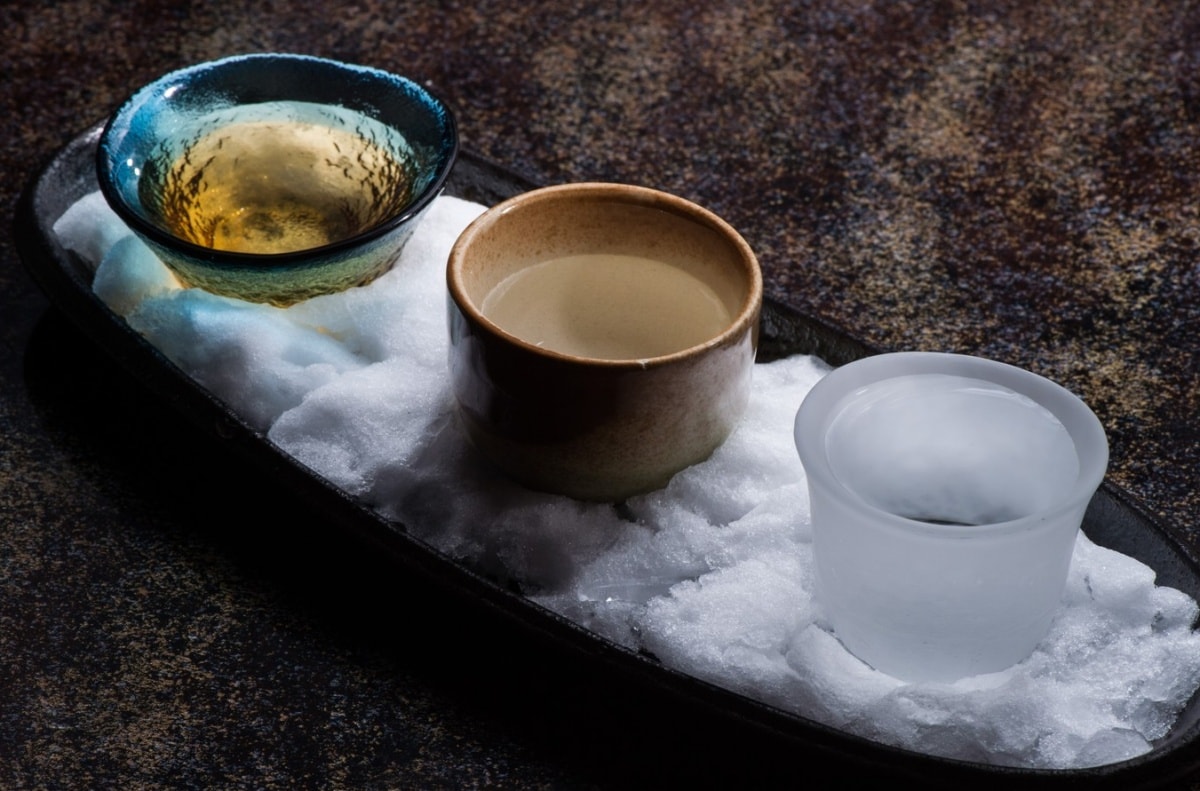
If you’ve ever had sake at a Japanese restaurant, it was likely served in an ochoko. The small, circular cup reminiscent of a shot-glass is a staple of sake culture. With an average volume of just 45 millimetres, they are generally small. However, larger guinomi (ぐい吞み) sizes are also available for the bigger drinkers. Along with your standard porcelain ochoko, glass, metal, ceramic, lacquerware, and even wood versions are available! Prices range from a single coin to tens of thousands of yen.
Masu (枡)

Originally used as a measurement tool, a masu is a square, often wooden container about as large as your palm. These decorative vessels are favored for their natural aroma that softens the dryness of sake. They are a common sight at izakayas and bars, whereby an ochoko is placed inside a masu and purposely overfilled with sake. Customers are expected to first drink the sake in the ochoko, then enjoy the leftovers from the masu. Bartenders do this to give patrons extra sake, especially as a service to loyal regulars. Needless to say, their appearance is much-welcomed!
Tokkuri (徳利)
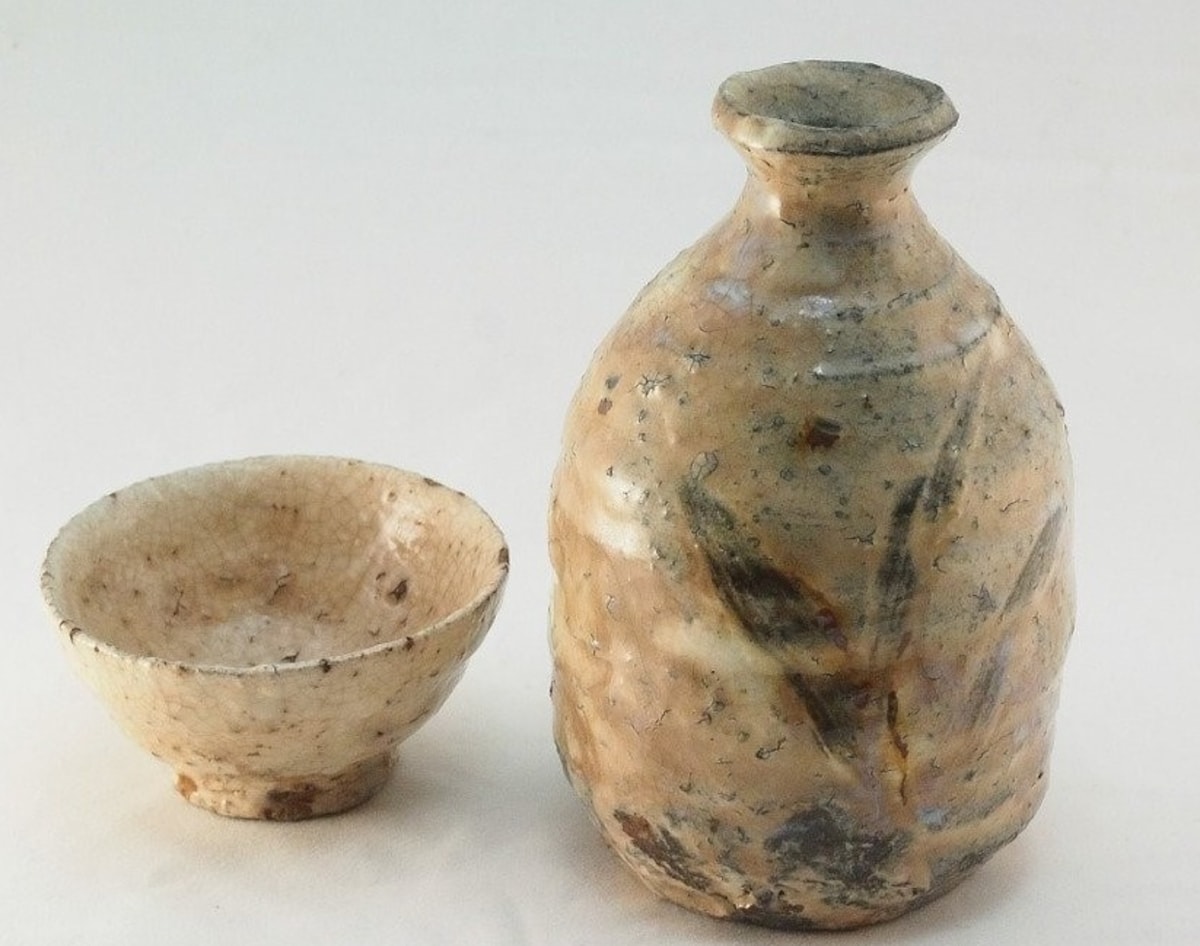
https://pixabay.com/photos/pottery-sake-cup-sake-bottle-180555/
A tokkuri is a large decanter-like vessel used as a pitcher to serve sake. They are generally tall and thin and act as an intermediate between bottle and ochoko. Their service is particularly necessary as sake often comes in hefty 1.8-liter isshobin bottles that are difficult to pour. Similarly to ochoko, porcelain is most common with ceramic, metal, glass, and wooden versions readily available.
Tokkuri are also a must-have for those wanting to dabble with sake temperatures. They can be used to prepare both warm and chilled sake, allowing you to experiment and find a style that suits your taste. Check out the guide further below for more information!
Katakuchi (片口)
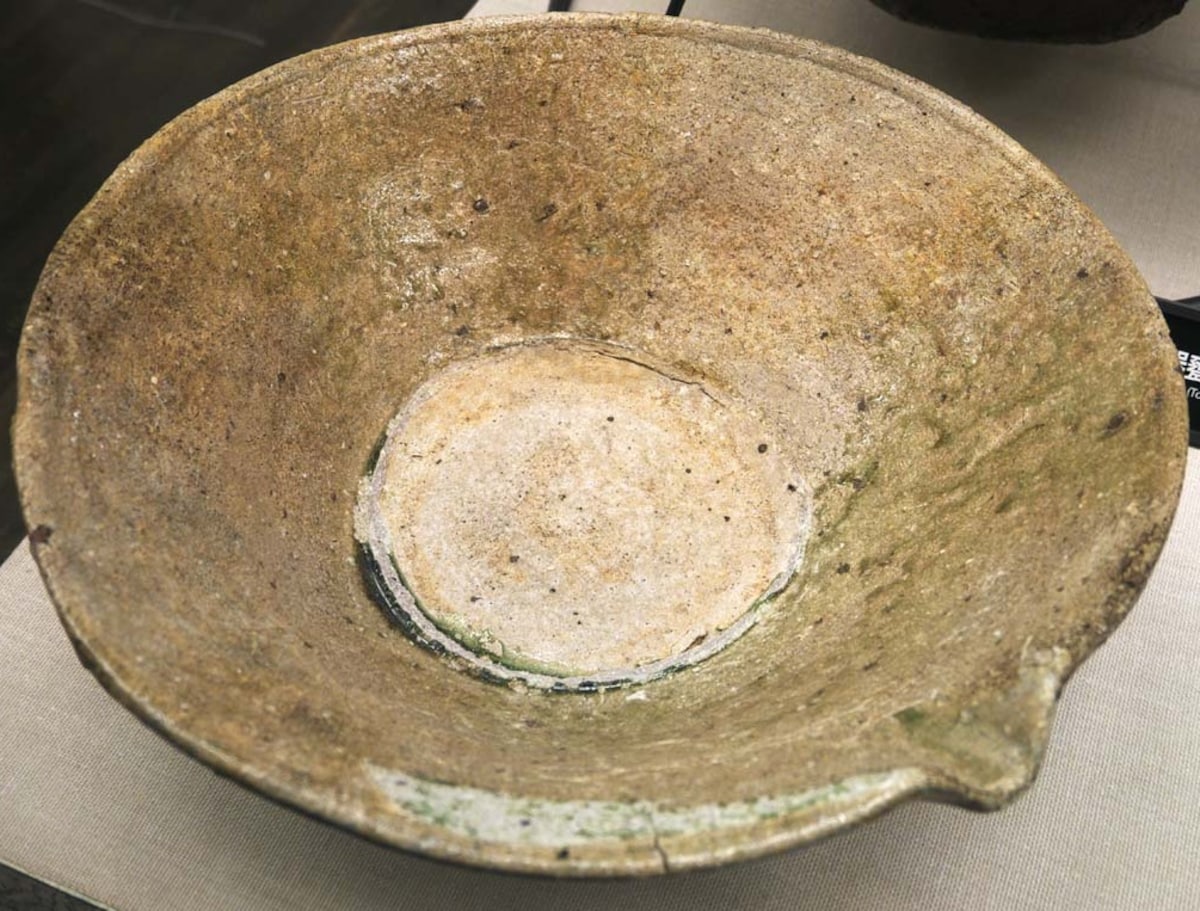
https://www.yunphoto.net/jp/photobase/yp17369.html
Katakuchi are another type of sake pitcher. Unlike the elongated tokkuri, a katakuchi is stubby and thick with an open mouth and small spout. Despite their cute design and ease-of-use, they are not as popular as tokkuri.
Hirahai (平杯)
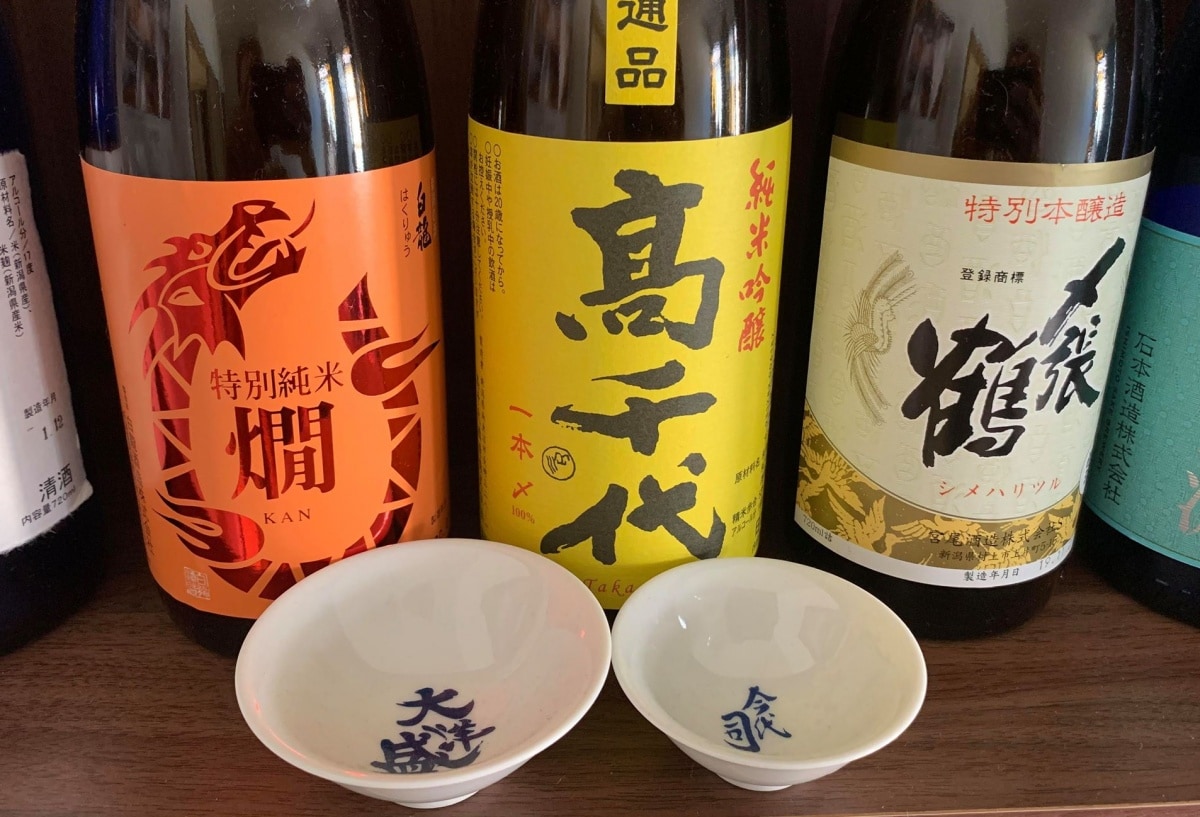
Hirahai cups are essentially flat ochokos. Their wide rim accentuates the flavor of sake by spreading it delicately across your mouth. This, plus their tiny capacity, make them a natural choice for sake taste-testing. A variation of hirahai, known as sakazuki (杯), also play an important role in traditional Japanese weddings.
Wine Glasses
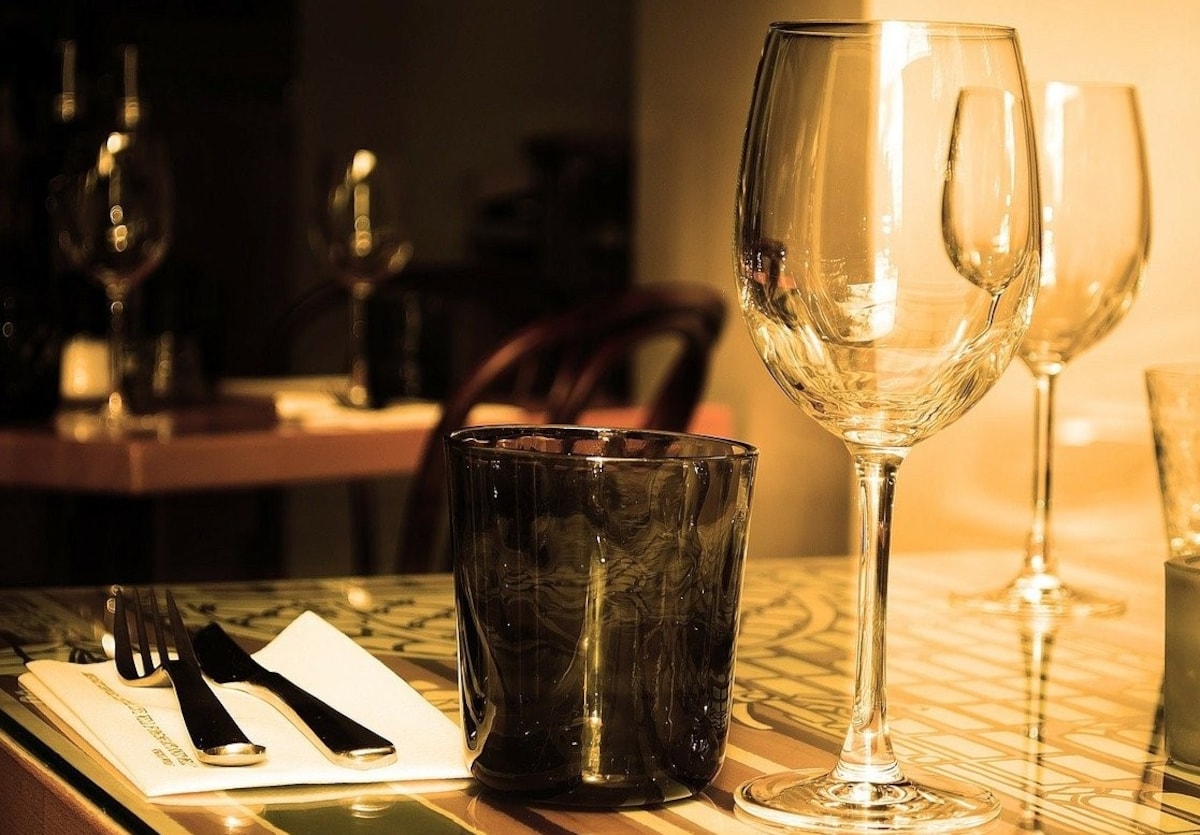
https://cdn.pixabay.com/photo/2012/12/20/10/13/table-71380_1280.jpg
Wine glasses are an increasingly popular new frontier in sake appreciation. Apart from being the epitome of sophistication, they are specifically designed to amplify aroma, making them a fantastic way to fully appreciate the rich bouquet of sake. They are also ideal for cold hiyazake (冷酒) as the stem prevents unintentional warming from your hand. For those hesitant to try sake, perhaps drinking from a familiarly-shaped wine glass will open the gate to finally appreciating this wonderful drink!
What to use and when!
Now that you know the basics of shuki, it’s time to know when to use them!

https://www.pakutaso.com/20150547133post-5514.html
For cold sake: Cold sake should be drunk using a small, thick ochoko made from porcelain, metal, or glass. Avoid using a large guinomi ochoko as the last sips will have likely lost their coolness. Metal ochokos, particularly those made from tin or copper, are often expertly crafted to retain temperatures and can even induce extra coldness. These are generally expensive, but worth it! Wine glasses are also suitable as long as they are held by the stem. You can prepare cold sake by placing a bottle or tokkuri (with plastic wrap over the top) in the fridge for a few hours before drinking.
For warm sake: The best way to make warm sake is with a porcelain or ceramic tokkuri. Submerging it in freshly boiled water to about half its height for a few minutes will result in a warm sake that can be drunk immediately. Enjoy using a thick porcelain or ceramic ochoko, and definitely avoid glass, metal, or wood. Different temperatures yield different tastes, so get experimenting to see what works for you!
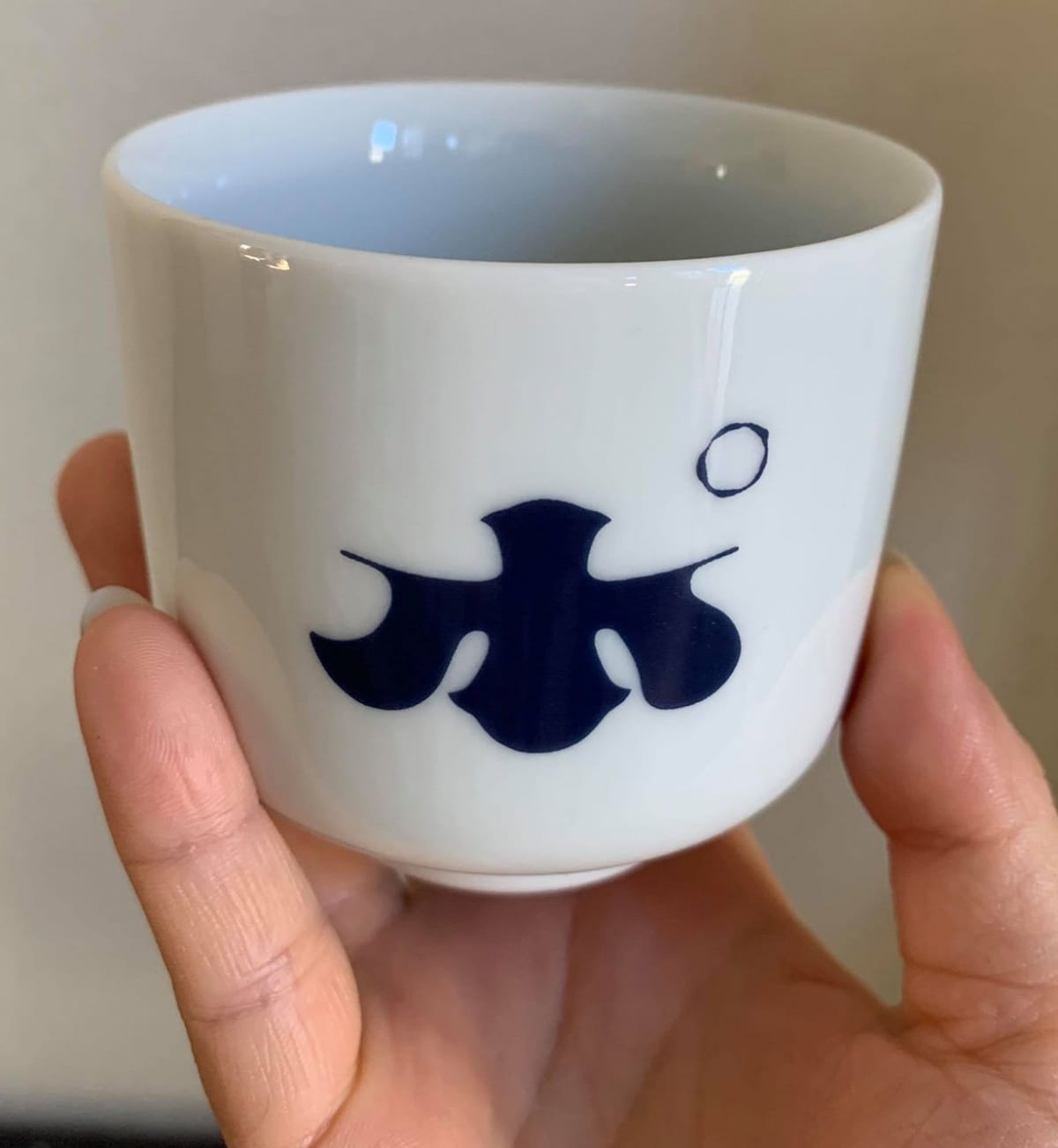
To enjoy the aromas: Sake’s divine bouquet is highlighted best through a larger guinomi ochoko or a wine glass. These types of vessels are specifically designed to coax out the aromas so that they can be thoroughly appreciated. This is particularly important if you have a gingo (吟醸) type sake, as their crisp fruity fragrance is not to be missed!
For super dry sake: The strong taste of alcohol can make dry sake difficult to stomach. Drinking it chilled or at room temperature using a large guinomi ochoko is one way to take the edge off. Take a small sip and let it sit in your mouth for a few seconds before swallowing. Follow this up with a chaser of water. The trick to appreciating these sakes is to steadily build up to them. Start slowly with sweeter sakes, learn to differentiate flavors, and within a few months you’ll find yourself genuinely enjoying the driest of sake!


